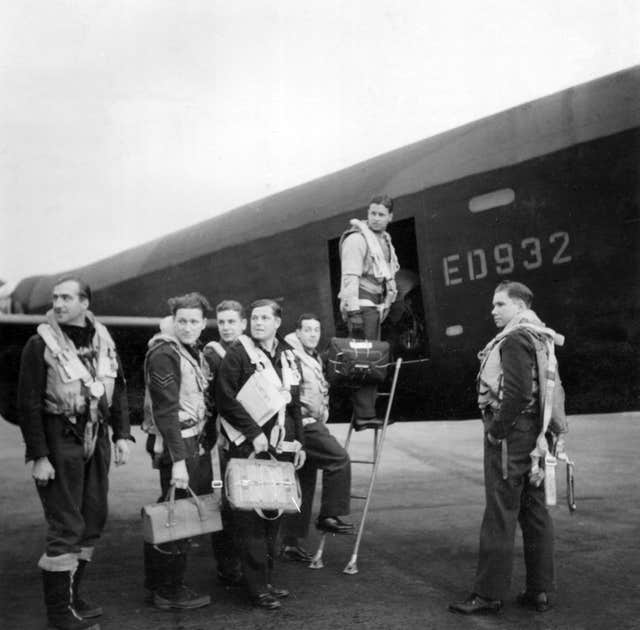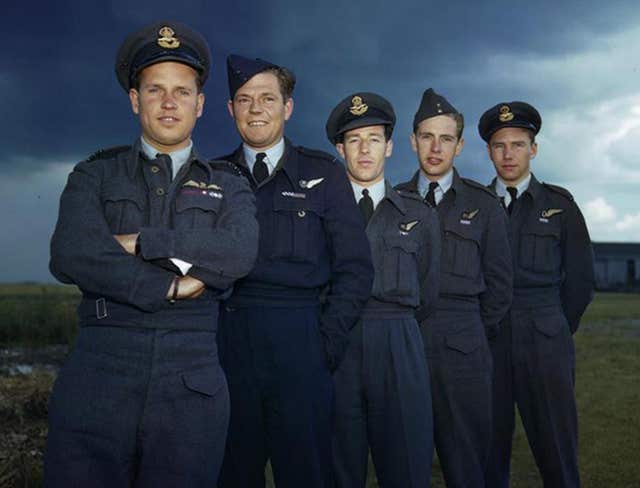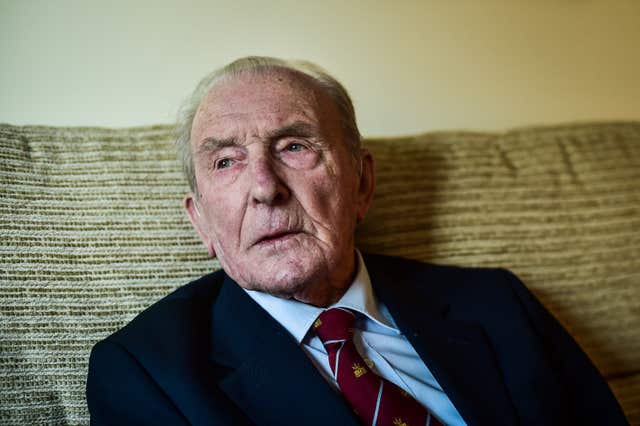
A series of special events will mark 75 years since a brave band of airmen took part in one of the most daring raids of the Second World War.
A flypast by a Lancaster Bomber over Derwent Dam, down the Derwent Valley and into Leicestershire is planned to be a showpiece of the Dambusters celebrations.
But Derbyshire County Council warned on Tuesday that strong wind speeds could scupper the Royal Air Force Battle of Britain memorial flight.
The RAF will decide on Wednesday whether it can go ahead.
The flypast is due to mark the 100th anniversary of the RAF as well as the 75th anniversary of the raid on major German dams by 617 Squadron, later known as the Dambusters.
A thoughtful note will be struck at the Bomber Command Memorial in London’s Green Park where 53 pairs of flying gloves will be laid out to represent the men who died.

Relatives of those who took part in the 1943 raid and an RAF bugler will signal a minute’s silence.
A total of 133 aircrew left for the raid on board 19 Lancaster bombers from RAF Scampton, led by Wing Commander Guy Gibson, but during the mission 53 men were killed and three were captured.

Squadron Leader George “Johnny” Johnson, Britain’s last surviving Dambuster, was part of 617 Squadron, which carried out a night of raids on German dams in an effort to disable Hitler’s industrial heartland.
The 96-year-old, of Bristol, said the anniversary on Wednesday night and Thursday morning emphasises the importance of the raid and acts as a reminder for younger generations.
When asked what advice he would offer to the current aircrew in his former squadron, he said: “Do your utmost to maintain the performance and prestige of the squadron.”
His crew was one of five selected to target the Sorpe dam, and had to fly along its length at as low an altitude as possible and drop the bomb in the centre.

Although Mr Johnson’s aircrew did not destroy their target, the Germans had to empty the dam to repair it, causing major disruption to the war effort.
Asked about the most significant thing he remembers from the night of the raids, he said: “It was an exhilarating feeling, flying low level into the Ruhr Valley in bright moonlight.
“Once we had recovered from the early disappointment of the target – the Sorpe didn’t require us to spin the bomb or use any of our practised techniques – the most significant memory was the sight of the burst Mohne dam as we flew home.”


Comments: Our rules
We want our comments to be a lively and valuable part of our community - a place where readers can debate and engage with the most important local issues. The ability to comment on our stories is a privilege, not a right, however, and that privilege may be withdrawn if it is abused or misused.
Please report any comments that break our rules.
Read the rules here